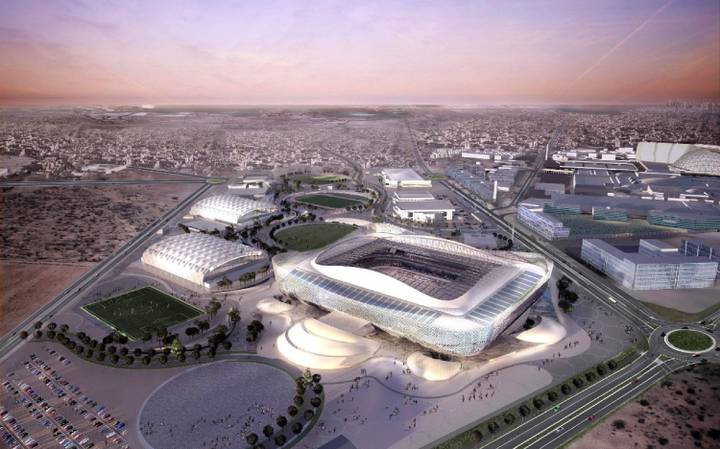Qatar: First Arab country to host FIFA World Cup
Western Asia is where you'll find Qatar. Qatar's lone land neighbor is Saudi Arabia; on the other three sides is the Persian Gulf.

Qatar is only 103 meters high at its highest point, making it the second flattest country in the world. Qatar is almost as flat as the Maldives. The Maldives has a point that is 1.8 meters high. Qatar is now two meters taller than it was 400 years ago. Geological uplift has caused the country to slowly rise.
The name of the country dates back to the middle of the 1st century when the Roman writer Pliny the Elder referred to the present inhabitants of Qatar as "Catharrei". The name Qatar itself was used until the 18th century. Alongside this more common spelling, several variations existed, including Katr, Kattar, and Guttur. Until Qatar was officially adopted as the name of the country.




